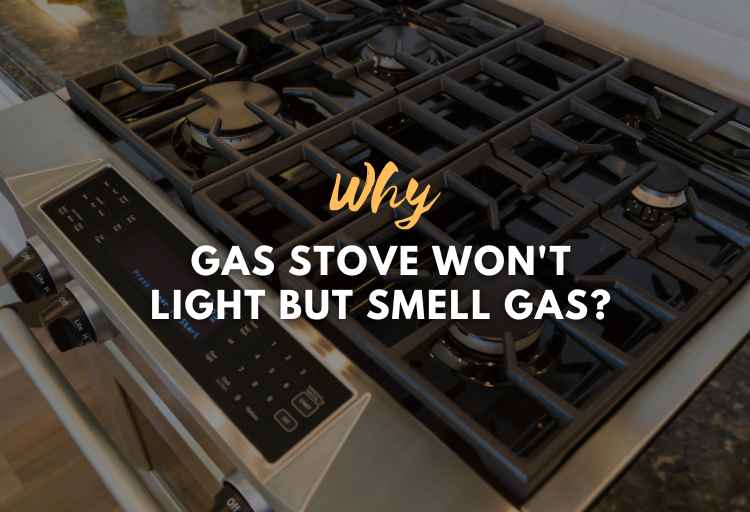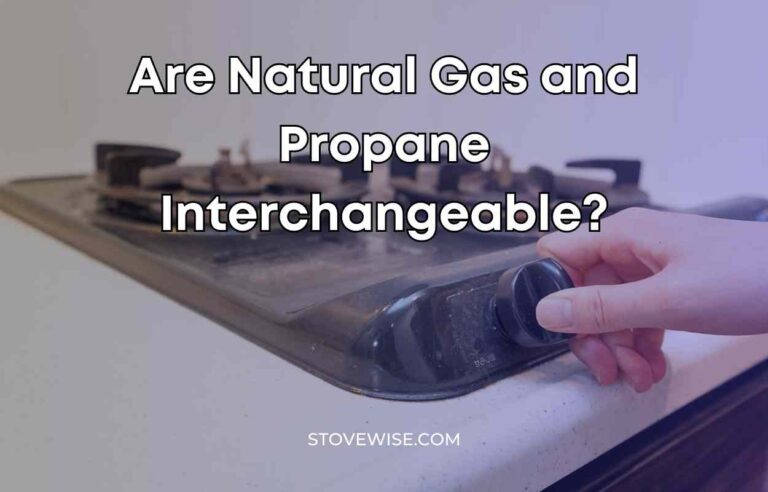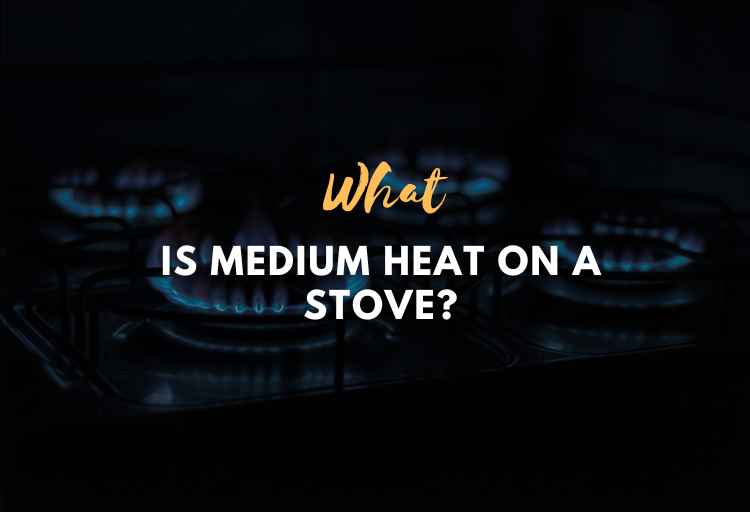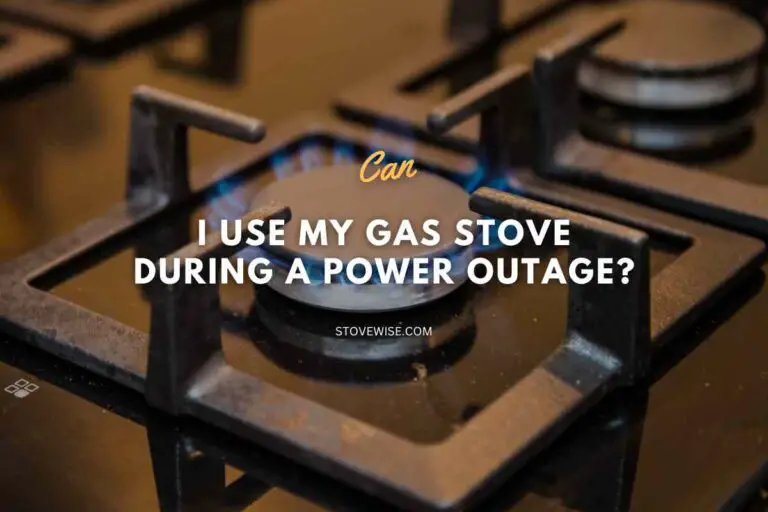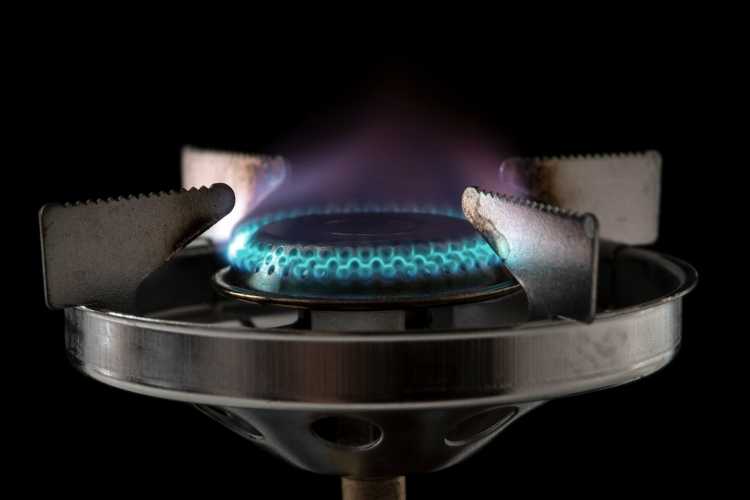Stove Top Numbers to Degrees
When it comes to cooking on stovetops, understanding the relationship between stove top numbers and temperature settings is crucial.
However, different stoves can have varying temperature ranges for each number on their dials, making it challenging to determine precise temperature settings.
Stove Top Numbers to Degrees: A gas stove with knob numbers ranging from 1 to 10, the temperature in Celsius for number 5 is approximately 190°C, while in Fahrenheit it is around 375°F.
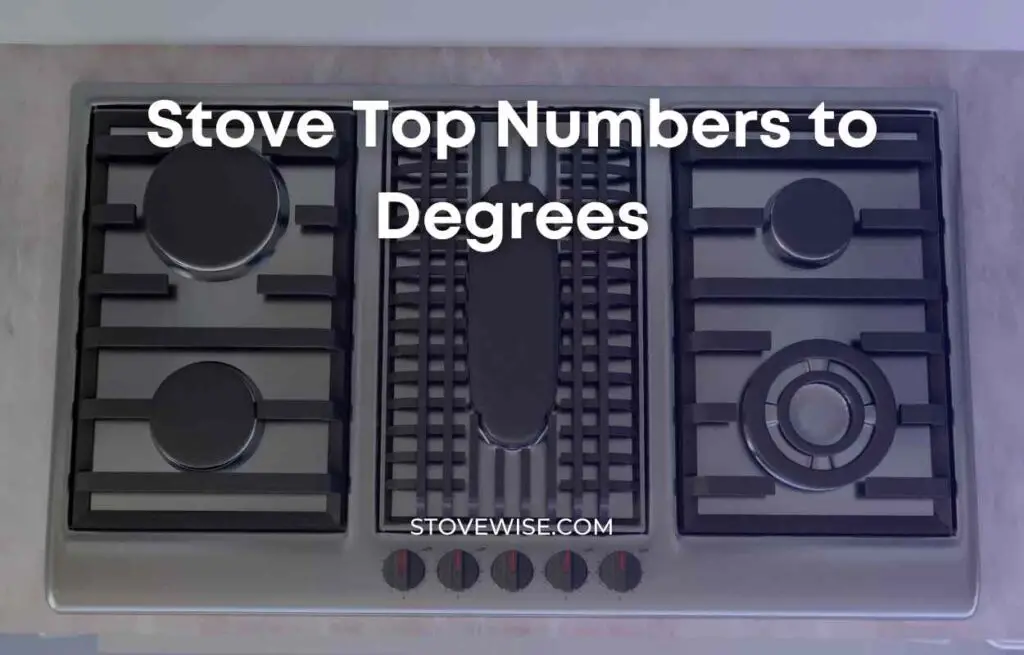
Stove top numbers refer to the calibrated switches on stoves that allow users to adjust the cooking temperature. These numbers vary across stove brands and models, making it challenging to determine the exact temperature corresponding to each number. However, a general conversion guide can be used as a reference.
It’s important to note that these conversions may not be consistent across all stovetops, and experimentation is often necessary to achieve desired cooking temperatures.
Contents
Stove Top Numbers to Degrees and Temperature Settings
Stove top numbers are calibrated switches that allow you to adjust the cooking temperature. Generally, higher numbers correspond to higher heat levels. However, the exact temperature associated with each number can differ between stoves.
To provide a general reference, we’ll present a table that outlines the temperature ranges typically associated with stove top numbers on a gas stove with knob numbers ranging from 1 to 10:
Temperature Ranges for Gas Stove Top Numbers
| Stove Top Dial | Celsius | Fahrenheit |
|---|---|---|
| 1/4 | 108°C | 225°F |
| 1/2 | 122°C | 250°F |
| 1 | 135°C | 275°F |
| 2 | 148°C | 300°F |
| 3 | 162°C | 325°F |
| 4 | 176°C | 350°F |
| 5 | 191°C | 375°F |
| 6 | 204°C | 400°F |
| 7 | 218°C | 425°F |
| 8 | 232°C | 450°F |
| 9 | 246°C | 475°F |
| 10 | 260°C | 500°F |
Variations Across Stove Brands and Types
It is important to acknowledge that stove brands and types can have significant variations in temperature ranges for their respective stove top numbers. Electric stoves, for example, heat up differently compared to gas stoves.
Therefore, it’s essential to familiarize yourself with your specific stove and its temperature behavior. While the provided table offers a general guideline for gas stoves, it’s always recommended to refer to your stove’s manual for precise temperature information.
To illustrate the variations further, let’s consider the temperature associated with the number 5 on a gas stove. This number is commonly linked to 190°C (375°F) as per the table.
However, on a different stove brand, the same number could represent a slightly different temperature, such as 185°C (365°F). Understanding these variations can help you adjust your cooking techniques accordingly and achieve consistent results.
How to Set a Stovetop to Low, Medium, or High?
Setting the right temperature on a stovetop is crucial for achieving optimal cooking results. Whether you need low, medium, or high heat, understanding how to set your stovetop correctly is essential.
1. Low Heat
Low heat is used for gentle simmering, melting delicate ingredients, or keeping food warm without overcooking. It is typically the lowest heat setting on the stove. On most stovetops, the low heat setting is associated with the lowest numbers, such as 1 or 2.
To set your stovetop to low heat, follow these steps:
- Locate the heat control knobs or dials on your stovetop.
- Identify the lowest heat setting, which is usually marked as 1 or 2 on the dial.
- Turn the corresponding knob or dial to the lowest heat setting.
- Allow the stove some time to reach the desired low temperature.
2. Medium Heat
Medium heat is used for general cooking tasks like sautéing, frying, or simmering. It provides moderate heat to evenly cook food without burning it. The medium heat setting usually falls within the middle range of the stove’s dial or knob, such as 4 or 5.
To set your stovetop to medium heat, follow these steps:
- Find the heat control knobs or dials on your stovetop.
- Identify the middle range of heat settings, typically marked as 4 or 5 on the dial.
- Turn the corresponding knob or dial to the desired medium heat setting.
- Give the stove a few moments to reach the medium temperature before placing your cookware on it.
3. High Heat
High heat is used for tasks that require rapid boiling, searing, or quick cooking. It provides intense heat to achieve browning or crisping on certain foods. The high heat setting is typically associated with the highest numbers on the stove’s dial, such as 8, 9, or 10.
To set your stovetop to high heat, follow these steps:
- Locate the heat control knobs or dials on your stovetop.
- Identify the highest heat settings, usually marked as 8, 9, or 10 on the dial.
- Turn the corresponding knob or dial to the desired high heat setting.
- Allow the stove to heat up fully before beginning your high-heat cooking.
Practical Tips for Temperature Control and Recipe Adaptation
Given the variations in stove top numbers and temperature ranges, recipes often rely on more descriptive terms such as low heat, medium-low, simmer, or medium-high.
However, understanding the approximate temperature range for each stove top number can still be beneficial in achieving desired cooking outcomes. Here are some practical tips for temperature control and recipe adaptation:
Experimentation
Conducting trial runs and experimenting with different stove top numbers will help you understand your stove’s behavior and how it translates to different cooking temperatures. This hands-on experience will enhance your cooking skills and confidence in temperature control.
Observation and Adjustment
Pay close attention to how your food responds to different temperature settings. Observe the cooking process, the rate at which ingredients cook, and the desired doneness. Based on your observations, make adjustments to the stove top number to achieve the desired outcome.
Use the General Guidelines
While the table provided earlier offers approximate temperature ranges for gas stoves, it can serve as a starting point for temperature control. Refer to it as a reference guide, but always take into account the specific behavior of your stove.
Get to Know Your Stove
Each stove has its own quirks and nuances. Take the time to understand how your specific stove heats up, retains heat, and distributes it across the cooking surface. This knowledge will help you make more informed decisions when adjusting the stove top numbers.
Consider External Factors
Temperature control is not solely dependent on stove top numbers. Other factors, such as cookware material, pan size, and ambient temperature, can influence the overall cooking temperature. Be mindful of these factors and adjust accordingly.
Conclusion
Mastering temperature control on your stovetop is essential for achieving consistent and delicious results in your cooking endeavors.
While stovetop numbers may not have a universal correlation to degrees, understanding the general temperature ranges associated with each number can provide a useful reference.
By familiarizing yourself with your specific stove’s behavior, conducting experiments, and making adjustments based on observation, you can confidently adapt recipes and control the heat to suit your desired cooking outcomes.
Remember, practice and experience are key to becoming proficient in temperature control, so embrace the process and enjoy the journey to culinary excellence.

